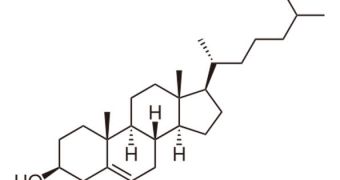Whenever we get hungry, this feeling is being recognized by the brain on account of the actions the hunger-signaling hormone ghrelin takes. The chemical is essential for our well-being, as it alerts us whenever we need nourishment. But researchers have recently found that it also plays an important role in controlling the circulation of cholesterol through the body. The new investigation holds promise that, someday, doctors could use therapies aimed at ghrelin to reduce the devastating effects that cholesterol have on the circulatory system and the heart, PhysOrg reports.
“We have long thought that cholesterol is exclusively regulated through dietary absorption or synthesis and secretion by the liver. Our study shows for the first time that cholesterol is also under direct 'remote control' by specific neurocircuitry in the central nervous system,” explains University of Cincinnati (UC) Endocrinology Division professor Matthias Tschop, MD, the leader of the recent research effort. Details of the work were published yesterday, June 6, in the online early issue of the esteemed scientific journal Nature Neuroscience.
Tschop explains that ghrelin plays a critically-important role in regulating the food intake and energy expenditure our bodies carry out every single day. The chemical works on the hypothalamus, where it inhibits the action of the melanocortin 4 receptor (MC4R). Increased levels of the stuff have also been linked with higher levels of cholesterol circulating in the blood, and the research team believes that this may happen on account of the fact that the liver begins to diminish its cholesterol uptake. Further studying and understanding these mechanisms could help researchers develop new treatments against high cholesterol concentrations.
“We were stunned to see that by switching MC4R off in the brain, we could even make injected cholesterol remain in the blood much longer,” Tschop, who is also a scientists at the UC Metabolic Diseases Institute, adds. He says that cholesterol can be divided into two main categories, HDL or high-density lipoprotein (the “good” kind) and LDL or low-density lipoprotein (the “bad” kind). Whenever LDL exists in the body in too larger concentrations, it builds up inside blood vessels, triggering the buildup of plaque, and eventually heart attacks.

 14 DAY TRIAL //
14 DAY TRIAL //